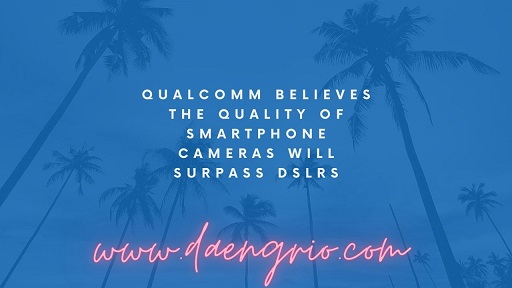Qualcomm’s vice president, Judd Heape, recently said the same thing with Sony, which believes that smartphone camera quality will soon surpass that of DSLRs. Heape said, in terms of achieving DSLR image quality, according to him, smartphone image sensors are quite capable and even the innovations are faster and more advanced than other imaging industries.

Another advantage lies in the processing power available in smartphones. According to Heape, Snapdragon processing is 10 times better than what you’ll find in top-of-the-line Nikon and Canon cameras. Even with smaller lenses and smaller image sensors, Heape says, they can do a lot more processing.
Sony Semiconductor Solutions (SSS) president and CEO, Sampaihi Shimizu, had this to say earlier this year, in which he said smartphone image quality will exceed what’s possible with DSLRs in the next few years.
What’s more, leading DSLR makers don’t seem ready to fight back. Nikon sources even say the company is preparing to exit the DSLR market to focus on smaller and lighter mirrorless cameras. At the end of last year, Canon has also confirmed that it has produced its last flagship DSLR and will turn its attention to mirrorless models.
Regarding the megapixel wars, Heape believes the sweet spot is in the 40-megapixel to 50-megapixel range and feels the industry should focus on that target rather than fighting for sensors capable of hundreds of megapixels. The latest Samsung Galaxy S22 Ultra ships with a 108-megapixel rear camera and the company will start mass-producing the new 200-megapixel Isocell HP3 image sensor later this year for inclusion in flagships early 2023.